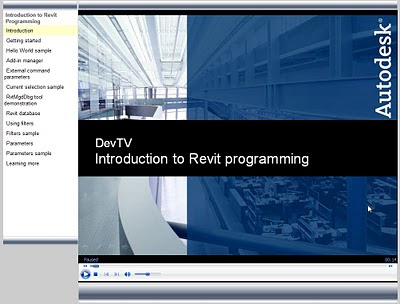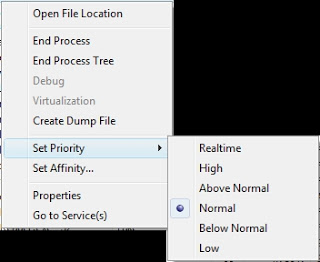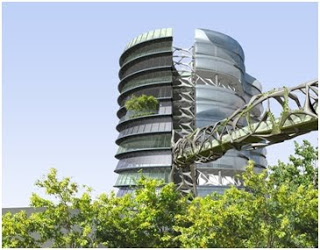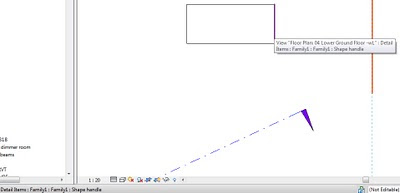If you are interested in Revit Programming and the Revit API, you may be interested in the resource located below:
http://download.autodesk.com/media/adn/DevTV_Introduction_to_Revit_Programming_new/
It is essentially an overview presentation of the API. It also includes a demonstration on the RvtMgdDbg tool (now known as RevitLookup).






